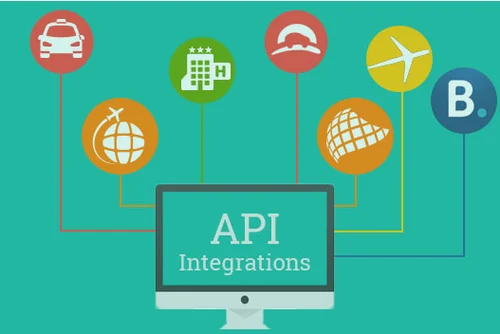For creators of learning content Colombian Gold seeds deciding to create physical or digital products is a key decision. There is no doubt that sometimes physical products are needed. This is especially true when your audience demands them.
However, there are a number of major economic advantages to creating only digital products.
Of course, there are many levels that you can consider when determining the economic advantages of anything. You may consider its effects on society in general. You might consider its effects on the country. You may consider its effects on the purchaser. Or you may consider its effects on the producer. Or you may consider all of the above.
For this article, I’m going to limit myself to the economic effects for the producer of learning content products. In general there are six areas that a learning content creator is economically concerned with when creating their products. Five are cost items and one is related to revenues. In this article I’m going to examine some of the economic advantages in those areas.
1. Cost to create a learning content product. At first glance there shouldn’t be any difference between the cost of creating a digital and physical version of the same content. After all they both follow the same process. In fact, all media follows roughly the same process. However, depending on the media there can be a difference. For example, a book must be larger than an eBook. A physical audio recording must be less than eighty minutes long (seventy to be safe). But a digital audio recording can be any length. However, ignoring this difference there is no economic difference in the creation of the learning content.
2. Cost to produce a learning content product. Production includes those tasks necessary to turn a completed product into a manufacturable or salable product. Again at first glance, there is little economic advantage since they both require the same process. However, in the case of a physical product it is necessary to create a print quality cover as well as the display cover. This represents a minor increase in cost over a digital product. In fact, most publishers will automatically request this even for digital products since it allows greater flexibility in the future.
3. Cost to manufacture a learning content product. This is where the largest difference lies. The cost to manufacture a digital product is minimal. In fact it is generally no different that the cost to submit the physical product. On the other hand a physical product will cost anywhere from $1 per unit to $4 per unit. In fact, $15 and up per unit is the range for a hard cover book.
4. Cost to inventory a learning content product. In the case of a digital product the cost of inventory is negligible. In fact, it should work out to less than seven cents per day even using a relatively expensive web host. And of course, the number of units being kept in stock is irrelevant. Physical products usually require some form of stock maintenance even in the case of production on demand. While the actual cost will vary depending on a number of factors, it will definitely exceed $1 per unit per day.
5. Cost to market and sell a learning content product. This is where the biggest difference occurs. The cost to ship a digital product is minimal (less than one cent). The cost to ship a physical product runs from $3 to $15 or higher.
6. Selling price. Countering the cost of manufacturing and inventorying a physical product is the selling price of a physical product. It used to be that there was a considerable differential between a digital product’s selling price and that of the equivalent physical product. Typically this would be in the fifty percent range. This began to change and the premium a customer was willing to pay began to reduce. However, with the arrival of the Kindle and other eBook readers, the differential has begun to reassert itself.


